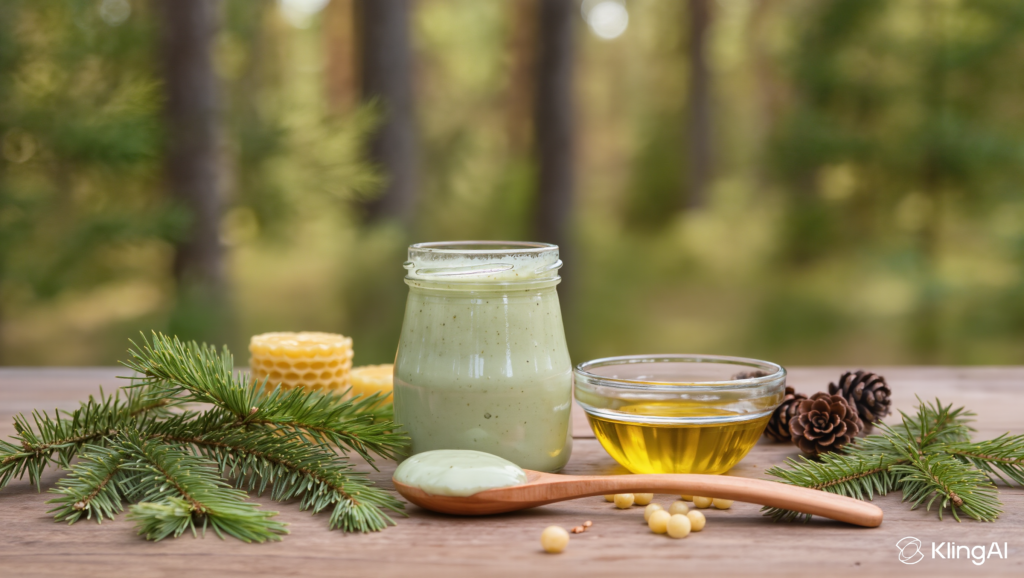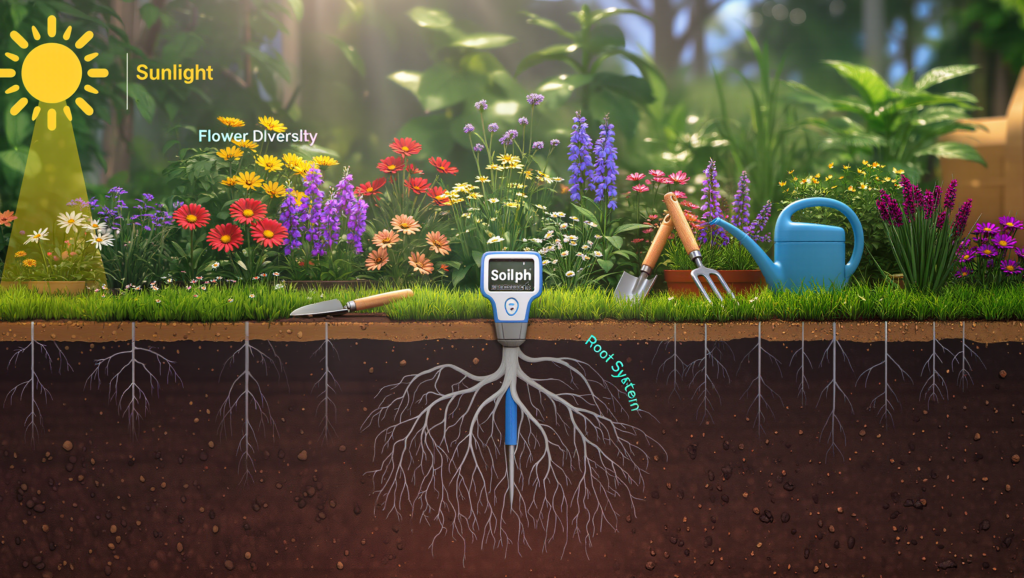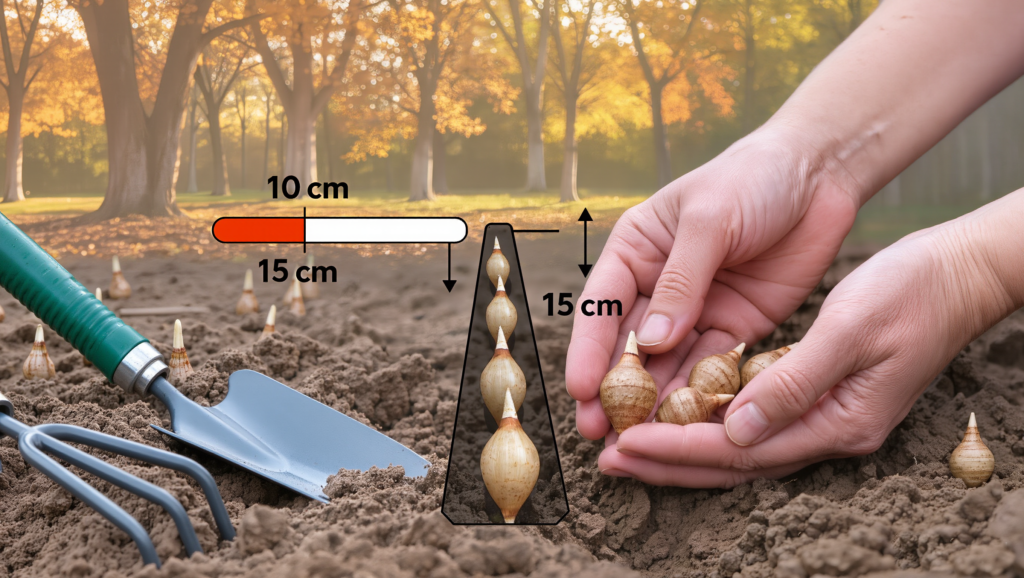If you’ve ever inhaled the crisp, resinous scent of a pine forest, you’ve already experienced a whiff of what makes conifer trees so powerful. The needles of pine, fir, and spruce aren’t just lovely outdoor aromatherapy—they’re also packed with healing magic, used for centuries by Indigenous peoples and in old-school herbal medicine. Whether you’ve scraped your skin, developed a stubborn patch of eczema, or just want a natural boost for winter-blasted skin, a fresh conifer needle salve is one of the best ways to turn the bounty of the forest into home medicine. Let’s dive into the science, folklore, and step-by-step instructions for making a truly potent healing salve from your own backyard or next hiking adventure.
Why Pine, Fir, and Spruce? The Healing Science Behind the Trees
All three of these conifers share impressive qualities:
- Resins and essential oils: Pine, fir, and spruce needles are loaded with volatile oils like pinene, limonene, and bornyl acetate, as well as sticky resins. These compounds have anti-inflammatory, antimicrobial, and wound-healing properties.
- Vitamin C and antioxidants: Especially fresh pine needles, which have long been brewed as teas to ward off scurvy and support immune function.
- Folk medicine uses: Traditionally, conifer salves have been applied to cuts, scrapes, burns, rashes, and even sore muscles to speed healing and guard against infection.
A Quick Primer: How Herbal Salves Work
Herbal salves are semi-solid blends of medicinal plant extracts and oils, thickened with beeswax. They create a protective barrier on the skin, helping wounds stay moist (not too wet), delivering medicinal compounds directly, and guarding against bacteria. The goal is to extract the fat-soluble healing compounds from your chosen needles using a gentle warm (infusion) or cold (infusion) process, then blend with beeswax for a spreadable, skin-loving balm.
Harvesting and Preparing Your Needles
- Identify your tree: Safely harvest from white pine, ponderosa pine, Douglas fir, balsam or white fir, or common spruces (like Norway or blue). Make absolutely sure you’ve positively identified your tree—some needled evergreens (like yew) are toxic!
- Harvest smart: Take only young, bright green needles from healthy, unsprayed branches. Follow ethical foraging guidelines; don’t strip a tree.
- Clean your needles: Shake or quickly rinse to remove dust or bugs, then dry well with a towel.
- Chop finely: The more you expose the interior of the needle, the more potent your salve will be.
Step-by-Step: Making Your Healing Pine, Fir, or Spruce Salve
Ingredients
- 1 cup fresh, chopped pine, spruce, or fir needles
- 1 cup carrier oil (olive oil, sweet almond oil, or sunflower oil work best)
- 1 oz (about 2 tbsp) beeswax pellets or grated beeswax
- (Optional) ½ tsp vitamin E oil (extends shelf life)
- (Optional) 5–10 drops essential oil for scent (e.g., more pine, rosemary, or lavender)
Equipment
- Double boiler or heatproof jar and saucepan
- Fine mesh strainer or cheesecloth
- Small glass jars or tins for storage
The Oil Infusion
There are two main methods—choose the one that fits your timeline and temperament:
1. Quick (Warm) Infusion
- Place chopped needles and oil in a heatproof jar or bowl set over a few inches of simmering water (double boiler style).
- Keep the heat very low (100–120°F, never frying temp!) for 2–5 hours, stirring occasionally. The oil will turn green and smell resinous.
- Remove from heat, and let cool slightly.
2. Slow (Cold) Infusion
- Place chopped needles and oil in a mason jar.
- Cover and let sit for 2–4 weeks in a warm but not direct-sun spot, shaking daily. This method extracts more healing compounds but takes much longer.
Strain the Infused Oil
- Use a fine mesh strainer or cheesecloth to strain the oil, discarding solid plant matter. Squeeze it well. The oil should look greenish and smell strongly of the tree it came from.
Blend the Salve
- Pour strained oil into a clean double boiler or heavy saucepan.
- Add the beeswax and heat gently, stirring until completely melted.
- Remove from heat; stir in vitamin E and essential oils if using.
- Immediately pour into clean glass jars or tins.
- Let cool and solidify uncovered before sealing. Store in a cool, dark place.
How to Use Your Healing Conifer Salve
- First aid: Dab a pea-sized amount on minor cuts, scrapes, burns, insect bites, or rashes.
- Dry/chapped skin: Soothe winter hands, cracked heels, and eczema-prone patches.
- Chest rub: Use as a natural “Vicks”-style decongestant by rubbing small amounts on the chest for coughs or stuffy noses.
- Sore muscles: Apply and massage into tired, overworked areas for mild relief thanks to the anti-inflammatory properties.
The Science & Benefits—What Does Research Say?
Recent studies confirm what Indigenous knowledge has claimed for centuries: pine, fir, and spruce resins and oils are potent healing agents.
- Antimicrobial: Pinene and limonene can inhibit growth of bacteria common in skin infections.
- Anti-inflammatory: These terpenes reduce cytokine activity and speed wound healing—one reason they’re so effective as post-hike first aid.
- Antioxidant: Vitamin C and polyphenols from fresh needles help defend skin from environmental stress.
- Respiratory relief: Traditionally used for cough/congestion, volatile oils in conifers are opening airways in studies and time-honored home recipes alike.
Tips, Safety, and Shelf Life
- Always patch-test on a small spot first; some people can be sensitive to resinous herbs.
- Keep out of sun and heat—salves can melt or lose potency if not stored properly.
- Used clean hands or a small spoon to scoop out salve; avoid introducing water to jars (it shortens shelf life).
- If you have pine allergies, test cautiously, and never ingest the salve.
- Shelf life: with vitamin E and in cool storage, your salve should last 6–12 months.
The Takeaway
Learning to transform fresh pine, fir, or spruce needles into a healing salve is a deeply satisfying, nature-connected home remedy. With roots in centuries-old practices and backed by emerging science for antimicrobial and skin-healing effects, this vibrant green balm is an easy and sustainable way to keep the ancient magic—and real-world benefits—of the forest at your fingertips.
Did you find this article helpful? Support us by following us on our social media pages—Youtube, Instagram, Facebook, Pinterest, Twitter (X))—and stay up to date on other exciting topics related to natural health and wellness.








